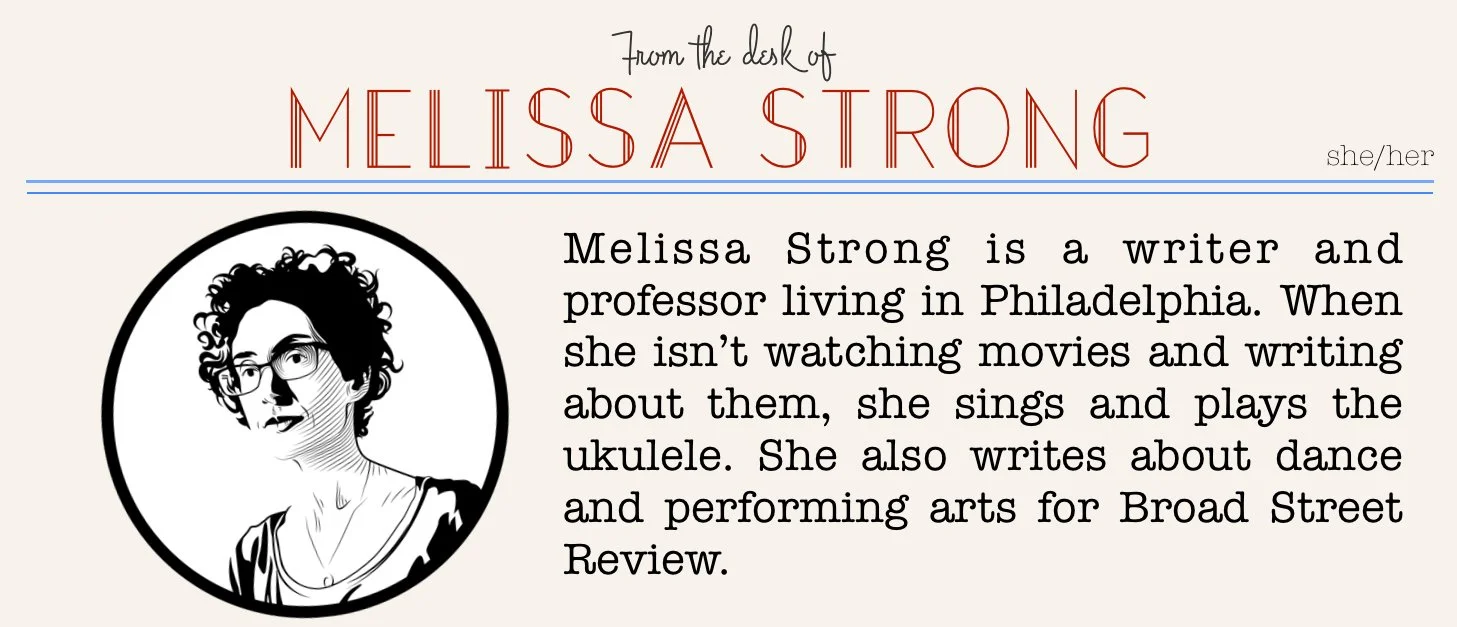Paul Newman at 100: The cast of CAT ON A HOT TIN ROOF shines despite watering down Tennessee Williams
by Melissa Strong, Staff Writer
Paul Newman and Elizabeth Taylor star in Cat on a Hot Tin Roof (dir. Richard Brooks), one of the top-grossing movies of 1958. Adapted by Brooks and James Poe from the Pulitzer Prize-winning play by Tennessee Williams, the movie received multiple Academy Award nominations. The centennial of Newman’s birth is the perfect time to revisit Cat on a Hot Tin Roof, which marked his rise to stardom and critical acclaim. Seeing it on the big screen during the Philadelphia Film Society’s Paul Newman’s Own series reinforced the enduring power of the best work of one twentieth century’s best playwrights. It also highlights how Hollywood’s repeated alterations to Williams’s dramas watered them down for midcentury moviegoers. At the same time, Cat on a Hot Tin Roof is a testament to the leads’ good looks in the form of a celluloid time capsule.
In 1958, long before Newman’s line of salad dressing and Taylor’s friendship with Michael Jackson, they were two gorgeous actors in beauty’s full bloom. Then 33, Newman resembled a Ken doll with a whiff of James Dean: strong-jawed, lean, muscular, and tan with fierce blue eyes. At 26, Taylor was a high femme study in contrasts with pale, fitted garments offsetting her figure, black hair, and uncanny violet eyes. Together they are almost criminally attractive, and they remain in a state of undress for most of the movie. And since nobody was digitally retouched in midcentury cinema, you can see Brick (Newman), Maggie (Taylor), and especially Big Daddy (Burl Ives) sweat. This makes the actors seem somehow more real and human than those in movies today.
However, the casting confuses the plot. Hotties Maggie and Brick make sense together, but he looks nothing like his relatives Big Daddy, Big Mama (Judith Anderson), and Gooper (Pat Hingle). Meanwhile, Brick’s beauty bolsters suspicions of his homosexuality even as film glosses over them, just like A Streetcar Named Desire (1951, dir. Elia Kazan), another Williams adaptation. Erasing the possibility of romance between Brick and Skipper, his late teammate and best friend, makes Brick’s refusal of sex with Maggie (for months, people!) confounding. How could anyone resist Taylor’s version of her? As in Streetcar, which turned fragile Blanche into Scarlett O’Hara, some of the casting here doesn’t make sense.
But Maggie’s longing for Brick completely does. An injury doesn’t dull his attractiveness, and she needs sex to feel safe in their relationship. His refusal traps them in a cycle of pursuit-withdrawal. Additionally, Brick pushes Maggie away despite needing extra help. This is hard to understand, especially from a contemporary perspective. More recent popular media jokes about men wanting to be pampered, like Andy (Chris Pratt) keeping casts on his legs longer than necessary during the first season of Parks and Recreation. Then again, maybe Brick desired Skipper instead of his wife, or maybe Maggie seduced Skipper, or maybe grief, depression, booze, or low self-worth killed Brick’s libido. Regardless, his refusal to discuss it only escalates conflict.
Themes of interpersonal conflict, miscommunication, expectations, greed, longing, and sexuality make the play a great teach for college classes, and the film is a solid adaptation. One change I like is the additional scene depicting Brick’s injury and providing insight into his self-image. The movie opens with his attempt at hurdles on the high school track, unlike the play, which begins after this has taken place. Though drunk and alone on the track, Brick has memories so vivid he hears a crowd cheering and shouting his name. After his inevitable fall, it makes sense that Brick spends most of the movie drunk and angry, hobbling around with a crutch in his pajamas.
Not all aspects of Cat on a Hot Tin Roof age well. It contains the patriarchy, racial and economic injustice, and casual violence/cruelty towards women one might expect of a major motion picture made in 1950s America. But the dynamic between the wealthy, white Pollitt family and the Black servants is upsetting, and the chorus of white children waving Confederate flags as they whistle Dixie–both literally and figuratively!–is an atrocity that does not appear in the play. That said, we need to see and remember such aspects of the past to avoid perpetuating injustices.
Despite these flaws, Cat on a Hot Tin Roof is well worth watching. It features the best of Williams’s lifelike characters, families, and interpersonal dynamics. Maggie the Cat is one of the playwright’s stronger female characters, and Williams treats her sexuality with respect. The film’s set design, styling, and use of music are on point. Even the opening titles are a treat. And, of course, there is Paul Newman, looking amazing and so convincing as Brick that he received his first Academy Award nomination.
Support MovieJawn Staff
〰️
Support MovieJawn Staff 〰️
With the death of so much print media and meaningful journalism, it is important now more than ever to support the writers and outlets you love.
If you enjoyed this article, show your support by donating to our writer. All proceeds go directly to the writer. Recommended donation is $5.





